As human activities increasingly threaten natural habitats, the need to study and monitor trends in wildlife populations is increasingly urgent. Camera traps, also known as trail or game cameras, have revolutionized wildlife research and conservation over the last century. These remotely triggered devices capture images or video of free-living animals, providing researchers with photographic evidence of even elusive and rarely seen species. Camera traps are cost-effective, easy to use, minimally disruptive to wildlife, and often outperforming traditional survey methods like visual counts or observations of tracks and signs in terms of data-gathering potential. They enable researchers to tackle critical questions about wildlife presence, abundance, distribution, and behavior, providing important information about species’ ecology and response to local and global change.
While camera traps allow researchers to infer critical ecological and behavioral insights, not all taxa or habitats are equally suited to camera trapping. Different camera trap models and tailored protocols are required depending on the target species, study objectives, and environmental conditions. Selecting the right survey design is essential to collect the right data to robustly answer your conservation question.
There’s a lot to figure out before you set up a single camera in the field – but where to start? Learning to navigate the complexities of camera trapping can feel overwhelming. That’s where this course comes in! The Camera Trapping for Conservation course is designed to equip participants with the foundational knowledge and practical skills needed to effectively use camera traps. Through this course, you’ll learn:
- When and where camera trapping is an appropriate method.
- How to design surveys to meet specific research objectives.
- The technical aspects of camera trap selection and deployment.
- Best practices for managing and analyzing the vast amount of data generated.
Camera Trapping for Conservation is designed to provide you with the foundational knowledge and practical skills necessary to harness the full potential of camera traps. Alongside the lessons, you'll gain access to case studies, supplementary reading materials, and hands-on exercises to ensure you gain both theoretical understanding and practical experience.
By the end of the course, you’ll have the understanding to design and implement camera trap studies tailored to your needs, whether in dense rainforests, sprawling savannahs, or urban landscapes. Join this course to build confidence and expertise in camera trapping for research and conservation!
Why take this course?
- Through this course, you’ll learn the fundamentals of establishing specific aims and objectives for your camera trap study, designing and executing a camera trap survey to meet these objectives, and how to perform basic analysis and interpretation of these camera trap data.
Who is this course for?
- These lessons are designed for students, early-career researchers, conservation practitioners, and anyone interested in using camera traps to monitor wildlife.
What do you need to know?
- This is a course for beginners, no previous experience with camera trapping is required!
- A basic understanding of wildlife ecology, conservation biology, and basic data handling skills are helpful, but not mandatory.
- We will be using R Programming Language in several of our hands-on activities; prior familiarity with R is recommended, but you do not need to be an expert to follow along!
Lessons Outline
Welcome to the Camera Trapping for Conservation course! This set of lessons is designed to provide participants with a comprehensive introduction to the principles and practical applications of camera trapping in wildlife research and conservation. Whether you're new to the field or looking to strengthen your skills, this workshop provides the foundational knowledge needed to plan, implement, and draw applied insights from camera trap surveys.
Through six lessons paired with real-life case studies and hands-on opportunities to manipulate and analyze data from the field, participants will:
- Explore the purpose and history of camera trapping, including its role in monitoring biodiversity, studying animal behavior, and informing conservation strategies.
- Gain familiarity with various camera trap models, features, and settings to ensure optimal performance for different research objectives.
- Learn how to design surveys tailored to specific ecological questions, balancing scientific rigor with logistical constraints.
- Develop practical skills in deploying and maintaining camera traps, troubleshooting common issues, and recording essential metadata.
- Understand best practices for handling, organizing, and analyzing camera trap data, with an introduction to emerging tools and techniques such as citizen science platforms and AI-powered image classification.
Each lesson provides additional links to reading materials, code, and further resources to help deepen your camera trap expertise. The lessons are arranged in order of designing, deploying, and analyzing data from a camera trap project, but feel free to jump around if there are specific topics you’re interested in. By the end of this course, you'll be equipped with the knowledge to integrate camera trapping into their projects, whether for academic research, conservation initiatives, or community-based monitoring programs.
Before we begin, basic knowledge of R -- a programming language for statistical computing and data visualization -- is recommended. Download R and RStudio to prepare for hands-on data analysis. If you’re a beginner, we recommend R for Data Science as a primer to help you get started!
If you’re ready to go, let’s dive in!
Discussion
Use this space to ask questions, discuss with fellow participants, or share your thoughts after course completion.
Participants
Below are the WILDLABS members who have enrolled in and completed this course.

PhD student
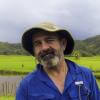
Wildlife conservationist, ichthyologist, now pursuing a career in Software Engineering and Web Development




Je suis forestier de formation et analyste spatiale, j'aime la conservation de la nature



Masters Student in Wildlife Conservation


Wildlife researcher and conservationist with expertise in GIS, wildlife monitoring, and community engagement. Passionate about human-wildlife coexistence and sustainable conservation strategies.

Hi my name is Nathan. I am an aspiring wildlife documentary camera operator from Toronto, Canada. Currently working as a field assistant in India for a natural history documentary production house.
Further Reading
There are numerous fantastic resources for camera trapping, and the number grows by the day! Some of the readings that we have recommended throughout this course include:
- Camera trapping for conservation: A guide to best practices
- The art and science of camera trapping
- Camera traps in animal ecology: Methods and analyses
- Wildlife camera trapping: a review and recommendations for linking surveys to ecological processes
- “Which camera trap type and how many do I need?” A review of camera features and study designs for a range of wildlife research applications
- Evaluating types and features of camera traps in ecological studies: a guide for researchers
- Choosing camera trap makes and models
- Camera trap arrays improve detection probability of wildlife: Investigating study design considerations using an empirical dataset
- Defining habitat covariates in camera-trap based occupancy studies
- An empirical evaluation of camera trap study design: How many, how long and when?
- Camera trap arrays improve detection probability of wildlife: Investigating study design considerations using an empirical dataset
- Clustered and rotating designs as a strategy to obtain precise detection rates in camera trapping studies
- Camera trap placement for evaluating species richness, abundance, and activity
- Best practices and software for the management of camera trap data for small and large scales studies
- Software to facilitate and streamline camera trap data management: A review
- Best practices for managing and publishing camera trap data
- A gentle introduction to camera-trap data analysis
- A non-technical overview of spatially explicit capture-recapture models

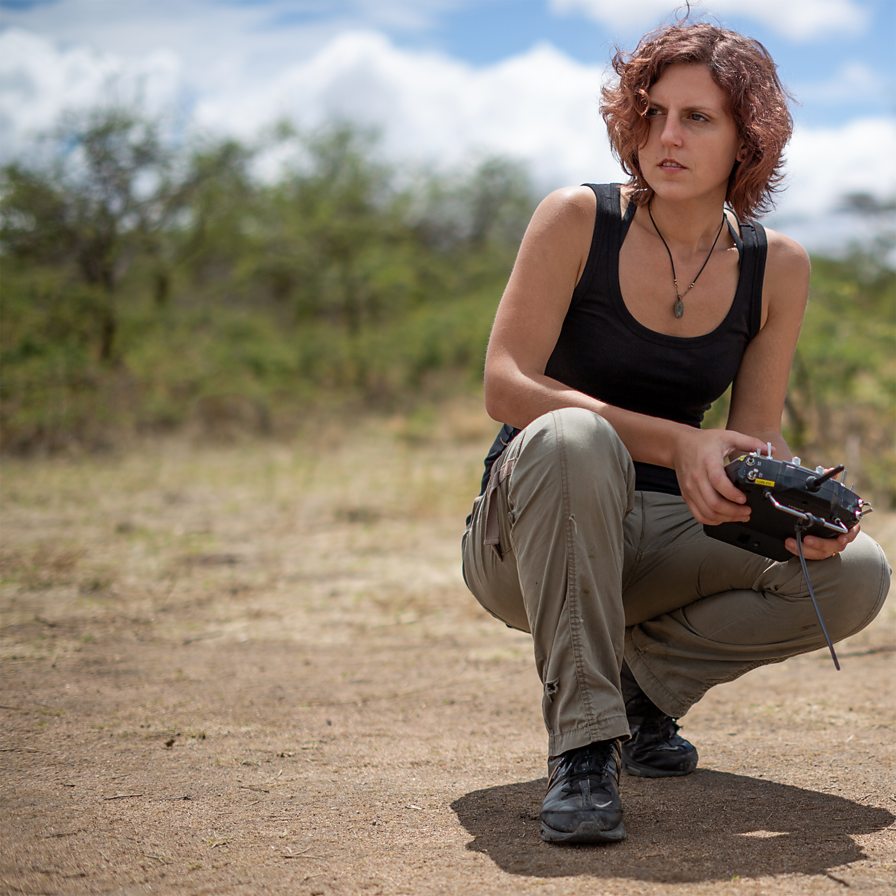


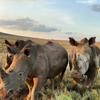
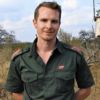
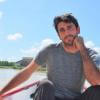



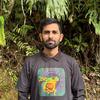


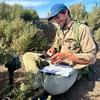

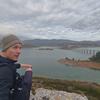





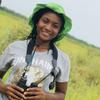






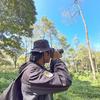
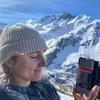


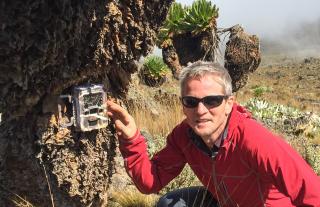





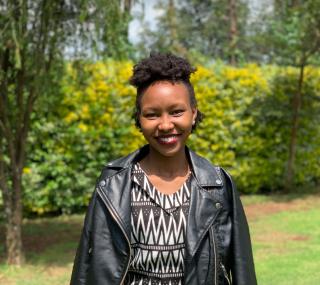

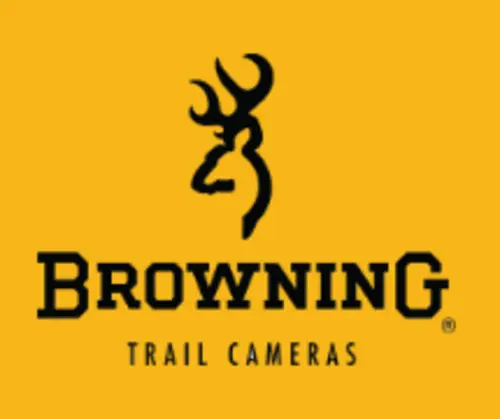




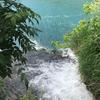

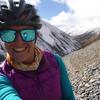
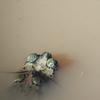
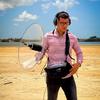



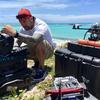
Latest Course discussion